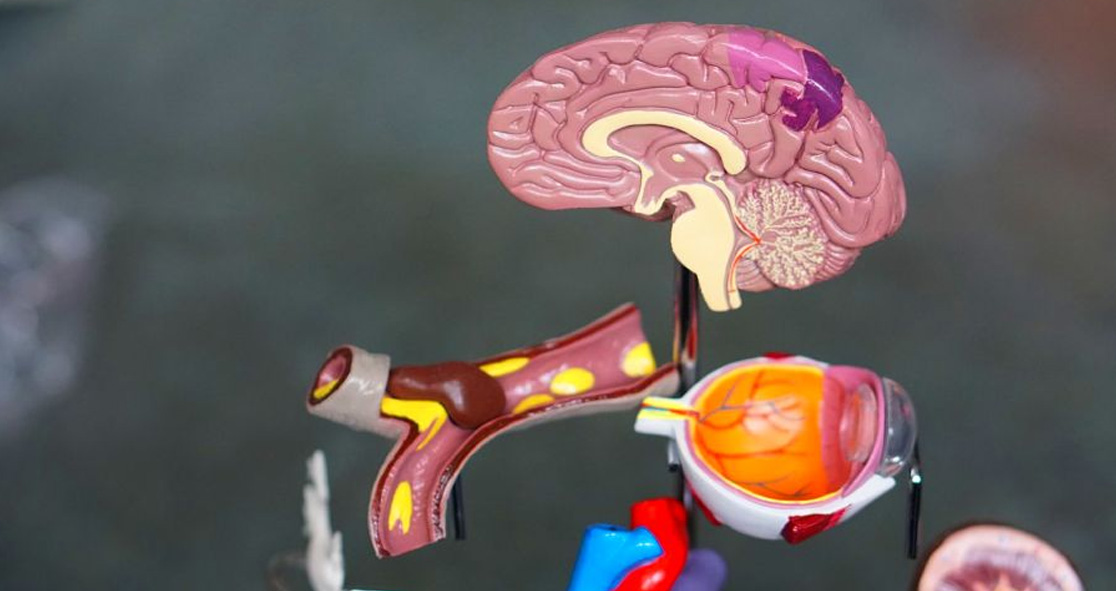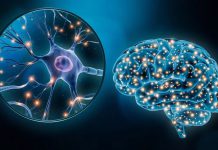Researchers from the University of California, Los Angeles (UCLA) have conducted a study on mice, which has found that one-time injection of experimental stem cell therapy can promote recovery from dementia and stroke by repairing brain damage and improving memory function.
Dementia is characterized by the symptoms of memory impairment, poor attention, poor communication, and lack of physical coordination. Alzheimer’s disease and white matter strokes are the most common causes of dementia. White matter strokes are small strokes that accumulated in the brain’s connecting areas.
Senior author of the study Dr. S. Thomas Carmichael said, “It’s a vicious cycle: the two leading causes of dementia are almost always seen together and each one accelerates the other. And with the aging population, that number is going to skyrocket.”
There are currently no therapies for stopping the progression of white matter strokes or boosting the brain’s ability to repair itself after they occur, according to Medical Xpress.
The study, published in the journal Science Translational Medicine, found that stem cell therapy could stop the progressive brain damage caused by the disease and stimulate its own repair processes.
The stem cells used in the therapy are a type of glial cells – ones that surround and support neurons in the central nervous system.
Dr. Carmichael and his team evaluated the effects of glial cell therapy by injecting it into the brains of mice.
The first author of the study Dr. Irene Llorente said, “Upon injection, our cell therapy traveled to damaged areas of the brain and secreted chemicals called growth factors that stimulated the brain’s stem cells to launch a repair response.”
The team found that activating the brain’s repair process limited the progression of damage as well as helped form new neural connections. In addition, it increased the production of myelin – a substance that protects neural connections.
Francesca Bosetti of the National Institutes of Health (NIH) that supported the study said, “Understanding the role that glia play in repairing white matter damage is a critically important area of research that needs to be explored.”
“These preliminary results suggest that glial cell-based therapies may one day help combat the white matter damage that many strokes and vascular dementia patients suffer every year,” she added.
If the therapy is found safe and effective in humans, the team envisions it becoming an “off-the-shelf” product, meaning that the cells would be mass-manufactured, frozen, and shipped to hospitals, where they could be used as a one-time therapy for people with early signs of white matter stroke, according to Medical Xpress.
Dr. Carmichael said, “The damage from white matter strokes is progressive, so you don’t have months to spend producing a treatment for each patient. If you can have a treatment that’s already in the freezer ready to go during the window of time when it could be most effective, that’s a much better option.”
“Because the cell therapy is not directly repairing the brain,” he added, “you don’t need to rely on the transplanted cells to persist in order for the treatment to be successful.” The article was published on Medical Xpress.























